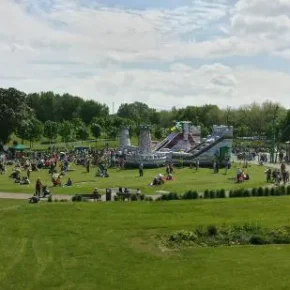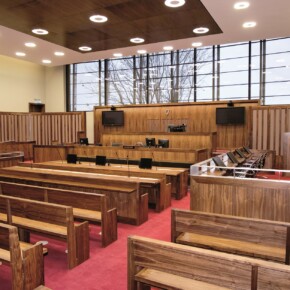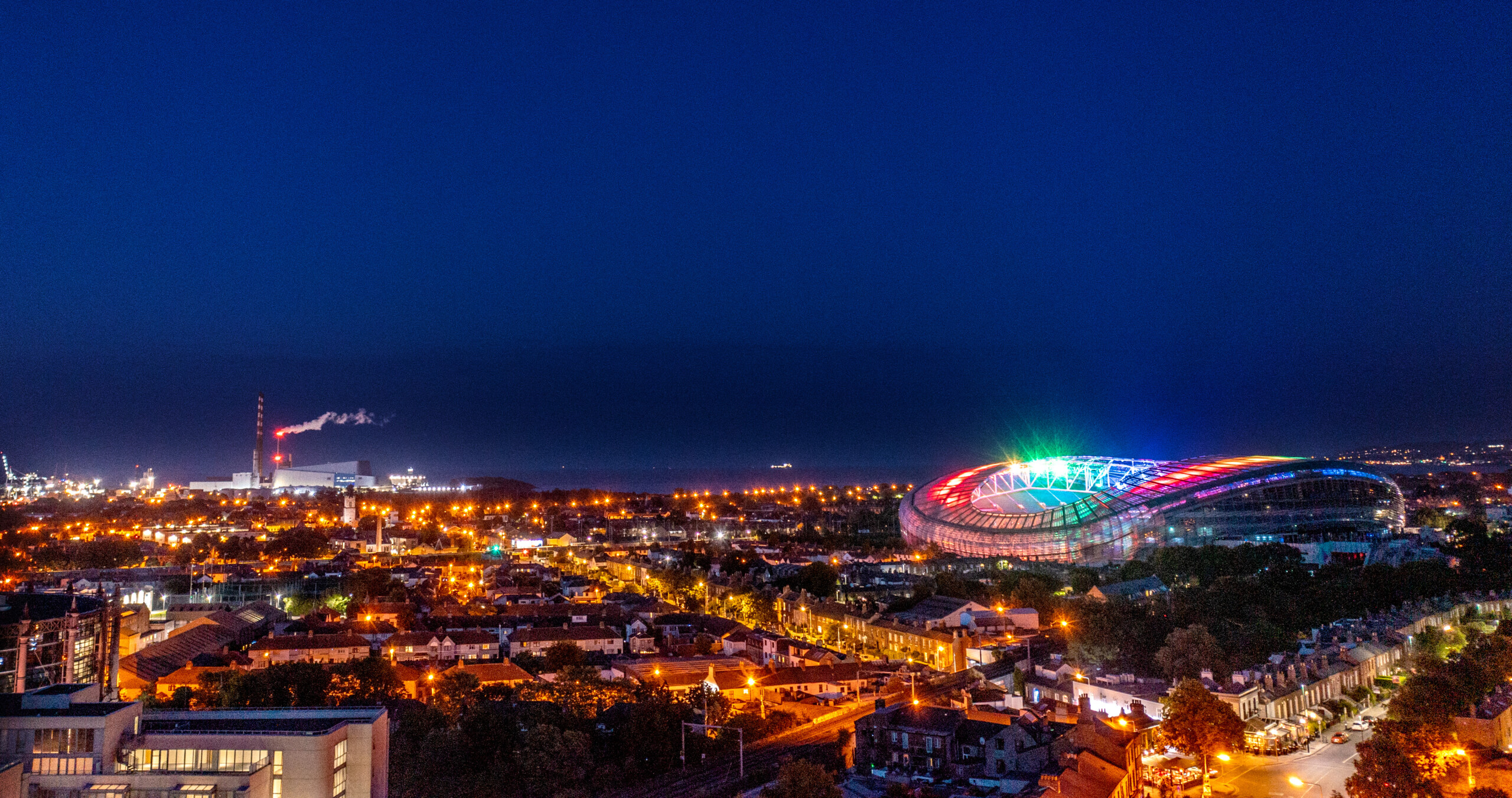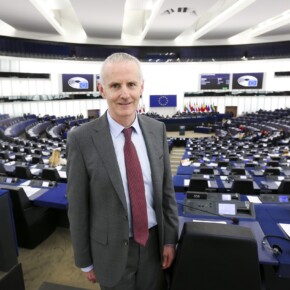Arts Council Awards Data Report 2022
Padraig Conlon 22 Aug 2023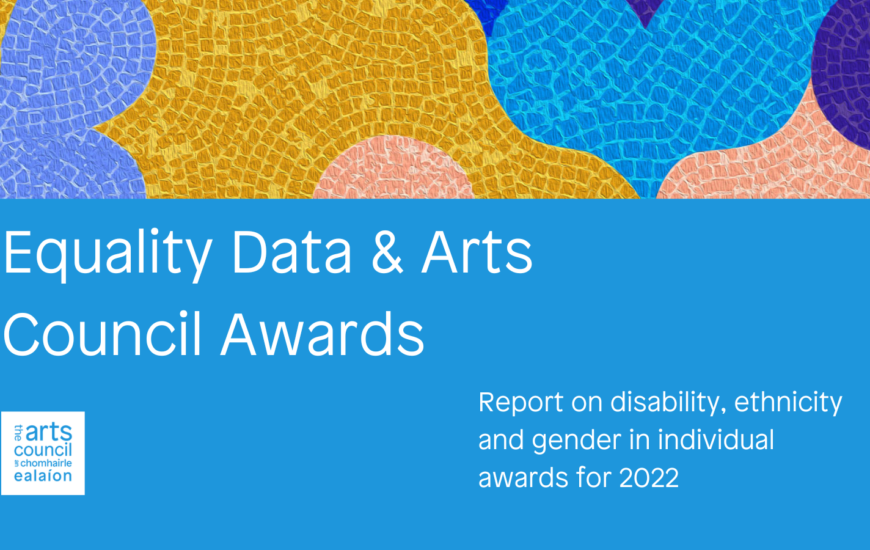
The Arts Council has released its annual Equality Data and Arts Council Awards report, a report on disability, ethnicity and gender in individual awards granted in 2022.
This third annual report reveals continuing inequities in individuals making applications and being awarded arts grants in 2022.
As the Arts Council begins work on its second Equality, Diversity and Inclusion Implementation Plan, it is clear why a focused approach to guaranteeing such human rights is so important.
Key findings from the report, which compares awards data to Census data, show that females, white Irish individuals, and artists in Dublin are disproportionately over-represented; people with disabilities are under-represented; and Irish Traveller or Black/Black Irish males are more likely to be classified as ineligible.
The Arts Council is working on a host of actions prioritised in its second Equality, Diversity and Inclusion Implementation Plan just published to address this, including connecting with new communities and ensuring full accessibility and inclusion in all it does.
In addition, further research is being undertaken.
Research on differences in application versus awards rates based on gender and ethnicity is to start, as is further research on high ineligibility rates among certain groups and how national reach can be improved given the over-representation of artists in Dublin.
This will enable the Arts Council to understand how best to work towards full equality, diversity and inclusion in all aspects of the organisation’s work, and in all arts and cultural funding and support initiatives.
Maureen Kennelly, Arts Council Director said: “True equality, diversity, and inclusion in the arts requires not only embracing the differences that make us unique but also dismantling the barriers that have historically excluded voices and perspectives. The Arts Council is delighted to release the 2022 Arts Council Awards Data Report. This is our third year of gathering this sort of information and it will be enormously helpful in supporting our work to make the arts landscape a more inclusive space for all.”
Dr Suha Shakkour, Head of Equality, Diversity and Inclusion at the Arts Council said: “The results from the Equality Data and Arts Council Awards are essential for increasing our understanding of the challenges faced by artists in Ireland today. We use the data to develop specific actions to directly address these barriers, as can be seen in our EDI Implementation Plan. I’d like to thank everyone who took the time to complete the sections of the application form which helped us gather these statistics, for trusting us, and to encourage new applicants to complete them as well.”
This report presents key findings from the analysis in the following four areas:
Gender
Overall, the majority of applications which the Arts Council received were from females (56%) but this varies in artforms as it was found female applicants were under-represented in Music, Film, Traditional Arts, Architecture, and Irish Literature. Female applicants have high awards rates in Arts & Disability Ireland (55% applicants and 77% awards), CREATE scheme, Visual Arts and in Traditional Arts (41% who apply are female but receive 77% of the awards).
Male applicants were under-represented in Visual Arts, Circus, and YPCE, as well as in the schemes by Create and Arts and Disability Ireland. Male applicants are also least successful proportionally in Traditional Arts but have a higher award rate in Dance and Arts Participation, despite low application rates. Male applicants who identified as Irish Traveller (44%) or Black/Black Irish – African (28%) were most likely to be categorised as ineligible.
Non-binary applicants tend to request more funding and they overall receive more. Non-binary applications were highest in Dublin at 46%, while Cork and Galway combined was at 20%.
Disability
Findings show applicants with disability are the most likely to be excluded with ineligible application (12.5%) and applicants with a disability also requested the lowest and received the lowest funding overall on average. Geographically, Offaly has two times more disability applicants; Wexford, Tipperary, Westmeath have nearly twice as many applicants with disability; and Monaghan had no disability declared at all (93.3%), followed by Leitrim (90.2%) and Roscommon (89.7%).
Ethnicity
White Irish account for the majority of applications (78%) and awards (79%) and this is slightly higher than national profile of white Irish. Black/Black Irish, Travellers and Asian/Asian Irish are overall under-represented, with Black/Black Irish applicants among the highest ineligibility rates. Asian/Asian Irish requested the highest and received the highest funding on average. Geographically, Sligo had the highest in the Other White (24%) category and Louth had the highest in the Other Ethnicities (13.5%) category.
Geographic Location
Dublin has 40% of applicants (versus 28% of population in census), with 39.9% of applicants and 42.5% of awards. Other counties with over-representation compared to census breakdown were Cork, Galway, Sligo, Wicklow, Clare. Westmeath had 3 times more female applicants, while Kilkenny and Mayo had 2 times as many female applicants.


